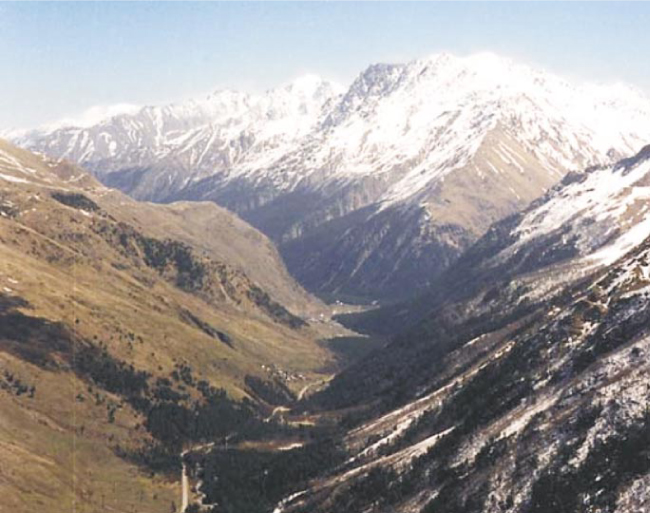SAGE Fends Off Gallium Raid
DOI: 10.1063/1.1387589
The Russian–American Gallium Experiment (SAGE) has survived yet another raid. Over the past few years, common thieves and government officials alike have repeatedly tried to grab some of SAGE’s 60 tons of gallium—which goes for about $500 a kilogram on the world market (see Physics Today, June 1997, page 73
Most of the SAGE gallium is in seven-ton vats, forming a target for low-energy solar neutrinos, which are recorded by extracting and counting radioactive germanium atoms produced by neutrino interactions. In taking stock of the gallium, “[the auditors said] maybe your calibration [of the vat volume] is wrong. They put water into an empty tank, did the calibrations again, and the curves lay on top of each other,” says Jeff Nico, a physicist at NIST who was there during the surprise audit. The police and chemists went so far as to suggest that the vats had false bottoms to cover for missing gallium. But after making spot measurements for about 10 days, they left without any evidence that gallium was missing.
Such attacks have their roots in greed and in a murky deal: About four years ago the government issued a decree to sell the gallium, says SAGE director Vladimir Gavrin. Thanks to protests by scientists in Russia and abroad, the SAGE gallium remains intact, but seven tons of it—for which a private chemical plant paid only a third of the market value—are still in dispute. The chemical plant keeps trying to get it, says Gavrin. “The most surprising thing is that any declaration by this company immediately results in checks, while declarations of academicians and very well-known scientists are not taken into account.”
Although no lasting harm was done by the latest raid, the constant threat is unnerving, and interruptions can interfere with the experiment. The SAGE team plans to take data for a full solar cycle, through 2006. Gavrin and other scientists have been campaigning for the government to give the gallium outright to the Russian Academy of Science, so far without results. The scientific uses for the gallium include a gallium arsenide detector that Gavrin and colleagues are developing that would, for the first time, record not only the passage of neutrinos but their energies.
In the meantime, says Gavrin, “I am sure that this is not the last attack on us, but we are ready to defend our neutrino telescope.”

The Sage solar neutrino detector is nestled underground in the Caucasus Mountains in southern Russia.
VLADIMIR VERMUL/SAGE

More about the Authors
Toni Feder. American Center for Physics, One Physics Ellipse, College Park, Maryland 20740-3842, US . tfeder@aip.org
